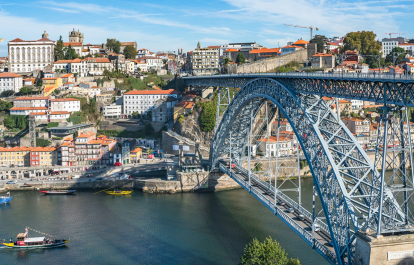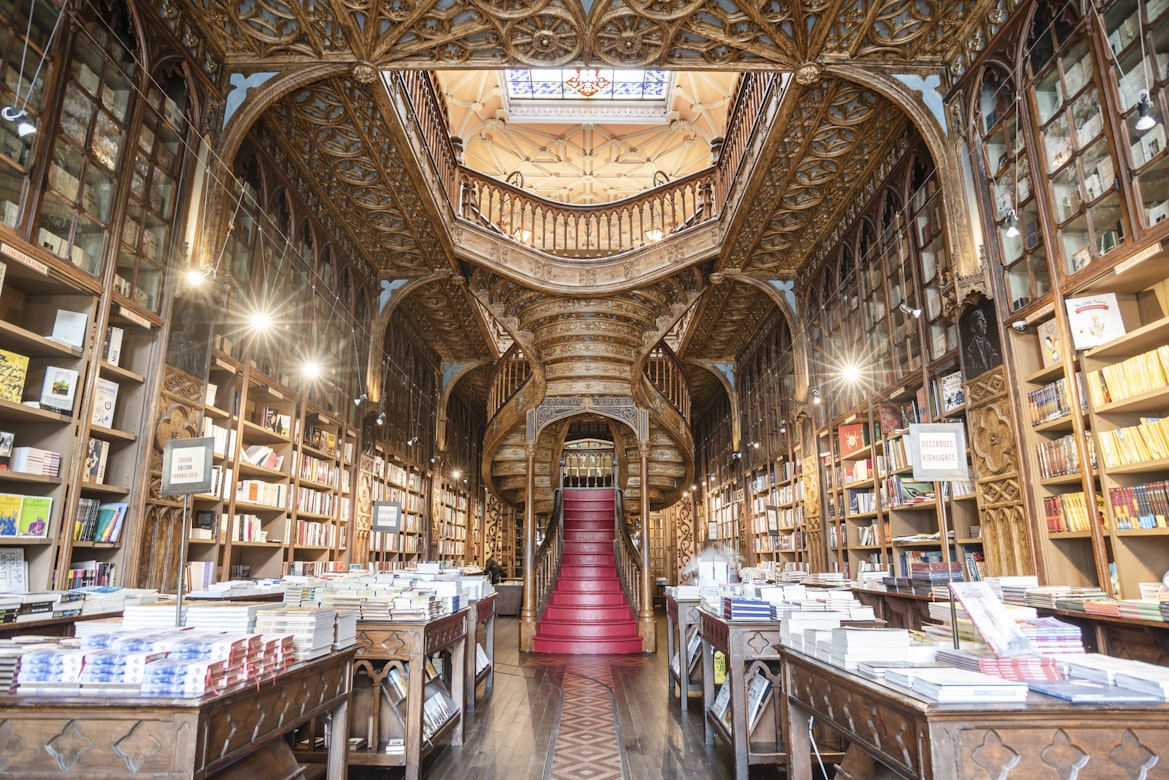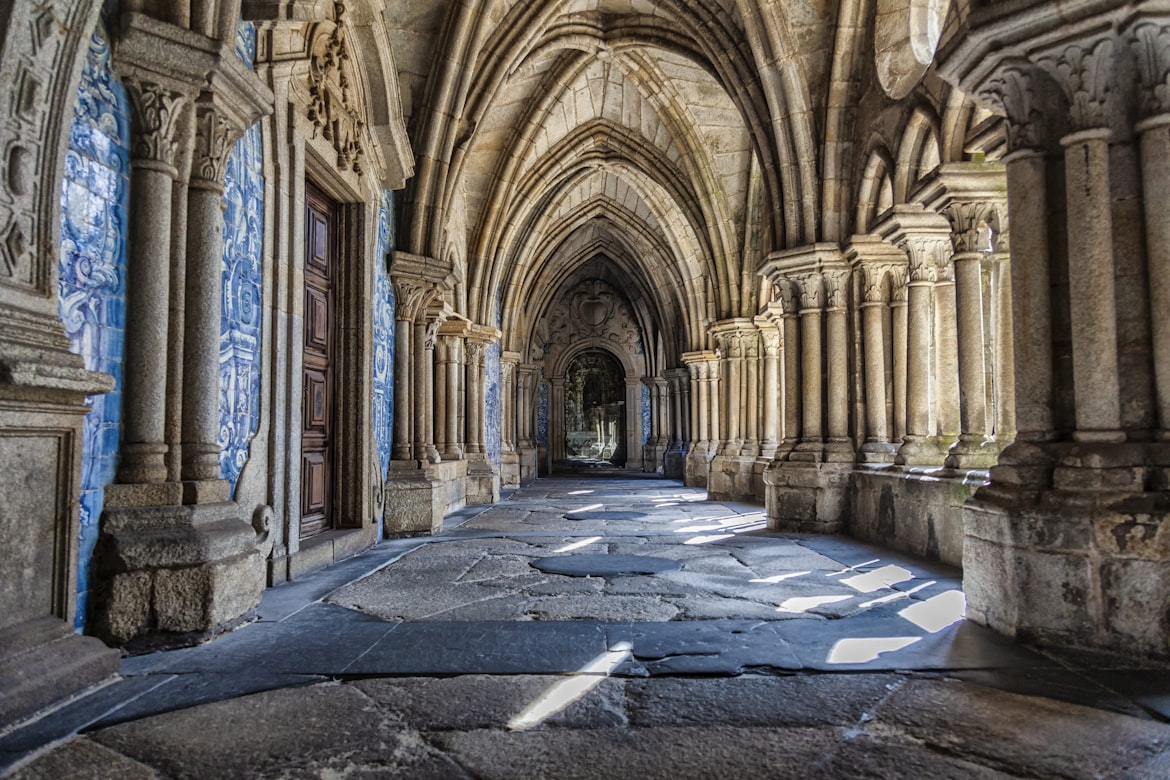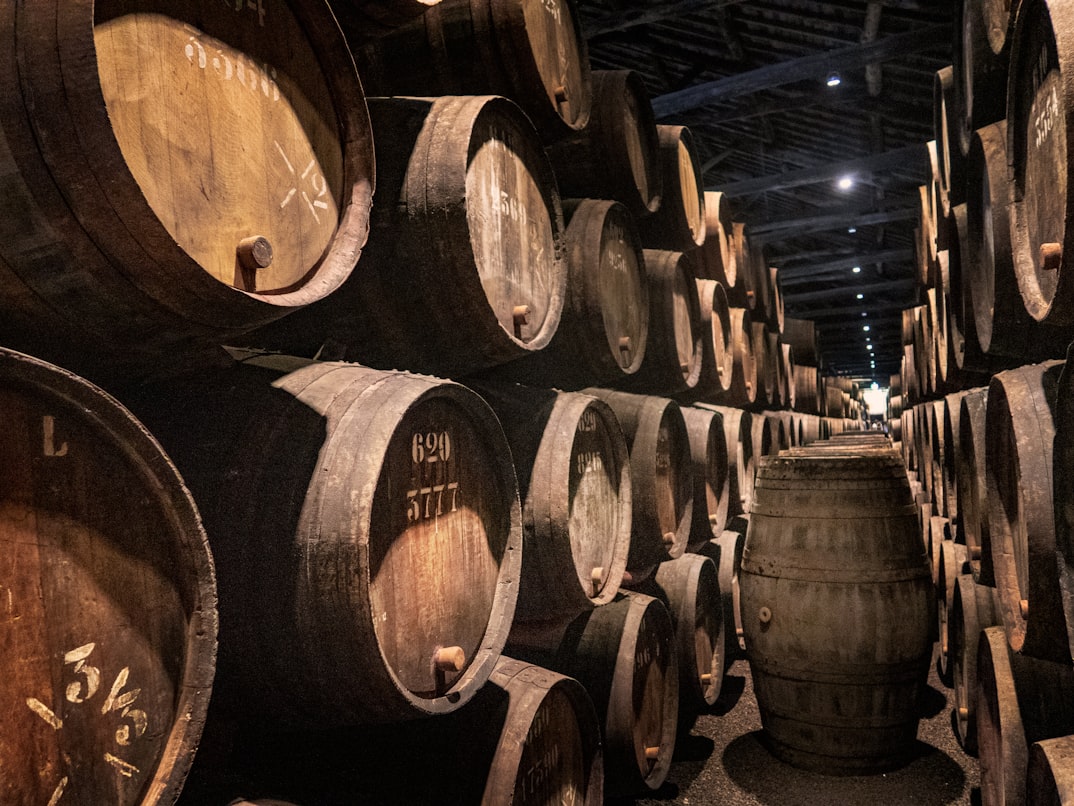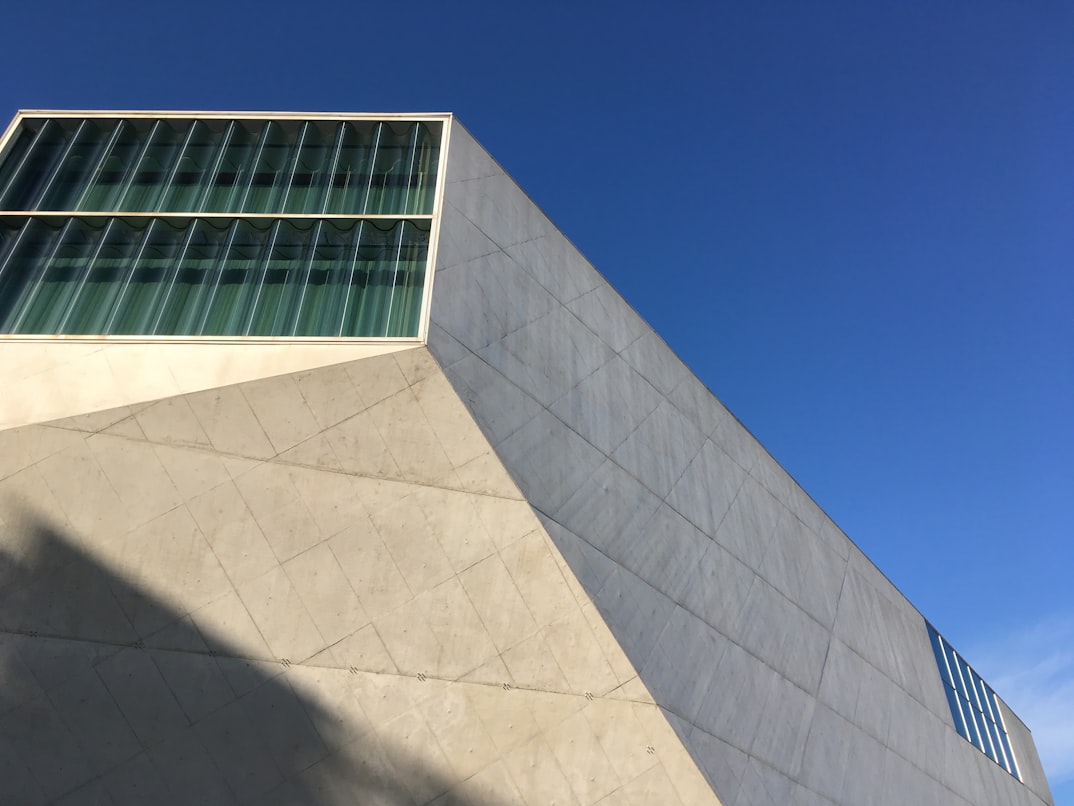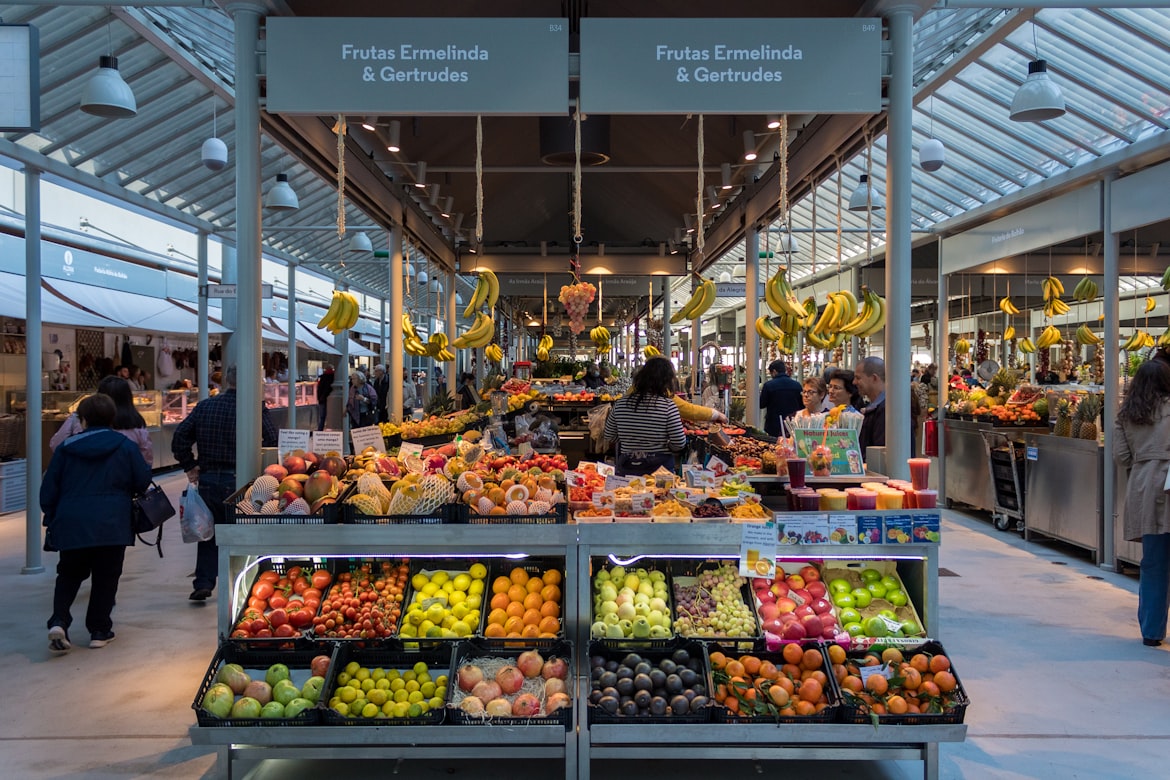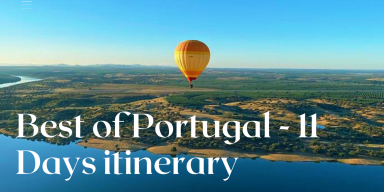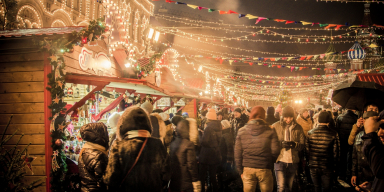Welcome to Porto, the vibrant and historic city in the north of Portugal nestled on the banks of the Douro River. With its rich cultural heritage, stunning architecture, and delectable cuisine, Porto has emerged as a must-visit destination for travelers seeking an authentic Portuguese experience. In this article, we will take you on a journey through some of the best places to visit in Porto, ensuring you make the most of your time in this enchanting city.
Ribeira District
The Ribeira neighborhood is located on the banks of the Douro River and is one of the most picturesque and lively in the city. Its narrow streets and colorful buildings are a delight to explore, and its many restaurants and bars make it a popular spot for both locals and tourists.
The architecture of Ribeira is characterized by its traditional Portuguese buildings with colorful facades and balconies adorned with ironwork. The district is also known for its iconic narrow, winding streets that add to its charm and character.
One of the most prominent landmarks in Ribeira is the Ribeira Square, also known as Praça da Ribeira. It is a lively square lined with restaurants, cafes, and bars, offering visitors a vibrant dining and entertainment scene.
The district's proximity to the Douro River makes it an excellent starting point for exploring Porto's famous Port wine cellars. Visitors can take boat tours along the river, enjoy scenic walks along the waterfront promenade, or cross the iconic Dom Luís I Bridge, which connects Ribeira to the neighboring Vila Nova de Gaia district, where many of the port wine cellars are located.
Overall, the Ribeira District in Porto is a captivating neighborhood with its rich history, picturesque streets, and vibrant atmosphere. Its combination of cultural heritage, architectural beauty, and stunning riverfront location make it a must-visit destination for anyone exploring Porto.
Livraria Lello
Book lovers and architecture enthusiasts alike will be captivated by Livraria Lello, one of the world's most beautiful bookstores. Its Neo-Gothic facade and intricate interior design create an ambiance that transports visitors to another era. This legendary bookstore is also said to have inspired J.K. Rowling while she was writing the Harry Potter series.
Upon entering Livraria Lello, visitors are greeted by an awe-inspiring interior. The bookstore's interior is characterized by a lavish staircase that spirals up to the second floor, intricate wooden bookshelves filled with books, and a striking stained glass ceiling that bathes the space in natural light. The walls are adorned with ornamental details and intricate plasterwork, adding to the overall grandeur of the space.
One of the notable features of Livraria Lello is its connection to literature and culture. Over the years, it has attracted renowned writers and intellectuals, including J.K. Rowling, who lived in Porto for a period and drew inspiration from the bookstore while writing the Harry Potter series.
To manage the high number of visitors, Livraria Lello implemented an entrance fee system in recent years. The fee can be redeemed as a discount on book purchases, encouraging visitors to explore and support the bookstore's collection. This measure helps to preserve the historical space and maintain a pleasant experience for visitors.
The combination of its breathtaking design, literary heritage, and the sense of stepping into a different era makes Livraria Lello a must-see attraction in the city.
São Bento Train Station
Stepping into São Bento Train Station feels like stepping into a magnificent art gallery. As you stand amidst this exquisite tilework, you'll realize why São Bento is considered one of the most beautiful train stations in the world. Don't forget to catch a train and explore the charming towns along the Douro Valley or the Minho region.
The facade of São Bento Train Station is renowned for its stunning azulejo tilework, traditional Portuguese tiles that typically feature blue and white designs. At São Bento, the azulejos cover the walls of the station's entrance hall and depict scenes from Portuguese history, rural life, and transportation, creating a visually captivating display.
São Bento Train Station serves as a major transportation hub in Porto, connecting the city to various destinations within Portugal, including Lisbon. It is also a convenient starting point for travelers wishing to explore the Douro Valley and its renowned vineyards.
In addition to its functional role, São Bento Train Station attracts visitors who appreciate its architectural beauty and historical significance. The tile-covered walls and the sense of stepping into a bygone era make it a popular spot for photography enthusiasts.
The station has become an emblematic symbol of Porto, capturing the city's cultural and artistic heritage and its unique combination of stunning azulejo tilework, architectural styles, and historical significance make it a must-see destination for visitors to the city.
Tip: Go for dinner at Le Monument and enjoy a sublime gastronomic experience. This restaurant has 1 Michelin star and is located on Avenida dos Aliados, right next to São Bento Station.
Sé do Porto (Porto Cathedral)
Dominating the city's skyline, Porto Cathedral is a historic landmark and a testament to Porto's religious heritage. This Romanesque-style cathedral dates back to the 12th century and offers panoramic views of the city from its terrace.
The cathedral was built on the site of a previous Romanesque church that had been destroyed. As a result, the cathedral exhibits a mix of architectural styles, including Romanesque, Gothic, and Baroque.
Inside the cathedral, visitors are greeted by a serene and solemn atmosphere. The nave is supported by thick columns and arches, typical of Romanesque architecture. The interior underwent significant renovations in the 17th and 18th centuries, resulting in a blend of Gothic and Baroque elements. Notable features include a richly decorated main altar, stunning tilework, and a beautiful collection of religious artwork and artifacts.
One of the highlights of the Porto Cathedral is the Gothic-style cloister, which was added in the 14th century. The cloister is a peaceful space adorned with delicate arches, ornate carvings, and a central garden, that provides a peaceful oasis amidst the bustling city and offers visitors an opportunity for quiet contemplation.
From the cathedral's terrace, visitors can enjoy panoramic views of Porto's historic center, the Douro River, and the nearby neighborhood of Ribeira. The terrace is a popular spot to admire the city's architectural beauty and take memorable photographs.
In conclusion, Porto Cathedral stands as a testament to the city's rich history and architectural heritage. Its combination of Romanesque, Gothic, and Baroque styles, along with its religious significance, make it a captivating destination for those interested in Porto's cultural treasures.
Port Wine Cellars
No trip to Porto would be complete without indulging in the city's most famous export - Port Wine. Venture across the river to the Vila Nova de Gaia district, where you'll find an array of wine cellars offering guided tours and tastings. Learn about the wine-making process, sample a variety of port wines, and gain insight into the city's age-old connection to this fortified elixir.
The Porto Wine cellars are a fascinating destination for wine enthusiasts and tourists visiting Porto. Many of the cellars are open to the public and offer guided tours that provide insight into the history, production process, and aging techniques of Port wine. Visitors have the opportunity to explore the cellars, learn about the different types of Port wine, and even participate in tastings.
In case you don't know, Port Wine is a fortified wine that originated in the Douro Valley region. It is produced by fermenting grapes and then adding a neutral grape spirit, which stops fermentation and results in a higher alcohol content. The wine is then aged in wooden barrels to develop its unique flavors and characteristics.
Visiting the Porto Wine cellars allows visitors to delve into the rich history and craftsmanship behind the production of Port wine. It offers a chance to sample a variety of Port wine styles, from tawny and ruby to vintage and aged. The experience provides a deeper understanding and appreciation of one of Portugal's most celebrated and internationally recognized wines.
Foz do Douro
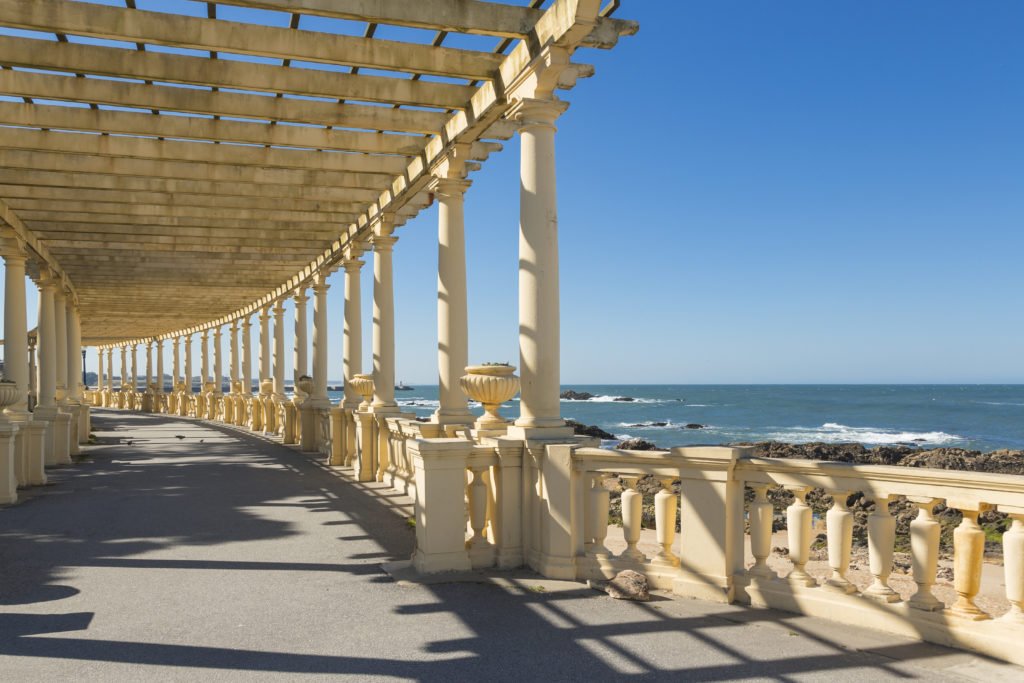
To experience the beauty of Porto's coastline, head to Foz do Douro. Located where the river meets the Atlantic Ocean, this upscale neighborhood offers scenic walks along its promenade, lined with charming cafes and restaurants.
The neighborhood is characterized by its upscale residential areas, elegant mansions, and a promenade that stretches along the coastline, offering stunning views of the sea.
One of the main attractions in Foz do Douro is its beautiful beaches. The coastline is dotted with sandy stretches, such as Praia dos Ingleses, Praia do Molhe, and Praia do Carneiro. These beaches provide a peaceful escape from the city center and are perfect for sunbathing, swimming, or enjoying a leisurely stroll along the shore.
The Avenida Brasil promenade is another highlight of Foz do Douro. This lively waterfront promenade is lined with cafes, restaurants, and bars, creating a vibrant atmosphere. It's a popular spot for locals and visitors to relax, enjoy delicious seafood dishes or a refreshing drink, and take in the scenic views of the ocean.
Overall, Foz do Douro offers a delightful combination of natural beauty, coastal charm, and a relaxed ambiance. Whether you're seeking a day at the beach, a leisurely walk along the promenade, or a taste of Porto's culinary delights, Foz do Douro provides a captivating and picturesque escape from the city center.
Dom Luís I Bridge
This iconic bridge spans the Douro River, connecting the cities of Porto and Vila Nova de Gaia, and offers stunning views of the river and the city.
The bridge was designed by the Belgian engineer Théophile Seyrig, a former collaborator of Gustave Eiffel. The construction began in 1881 and it was completed and opened to the public in 1886. The bridge was named after King Luís I of Portugal, who ruled during the time of its construction.
The D. Luís I Bridge stands as a testament to the technological achievements of its time. It is a double-deck bridge with two levels, each serving a different purpose. The upper deck is used for the passage of light rail, connecting Porto's city center with Vila Nova de Gaia. The lower deck is designated for vehicular and pedestrian traffic.
Walking across the D. Luís I Bridge provides breathtaking panoramic views of Porto, the Douro River, and the surrounding landscape. The views are particularly enchanting during sunrise, sunset, or at night when the city is illuminated.
Today, the D. Luís I Bridge stands not only as a remarkable engineering achievement but also as a cherished tourist attraction and a symbol of the strong connection between the city of Porto and Vila Nova de Gaia. Its charm, history, and panoramic views make it an unforgettable experience for visitors exploring the vibrant city of Porto.
Clérigos Tower
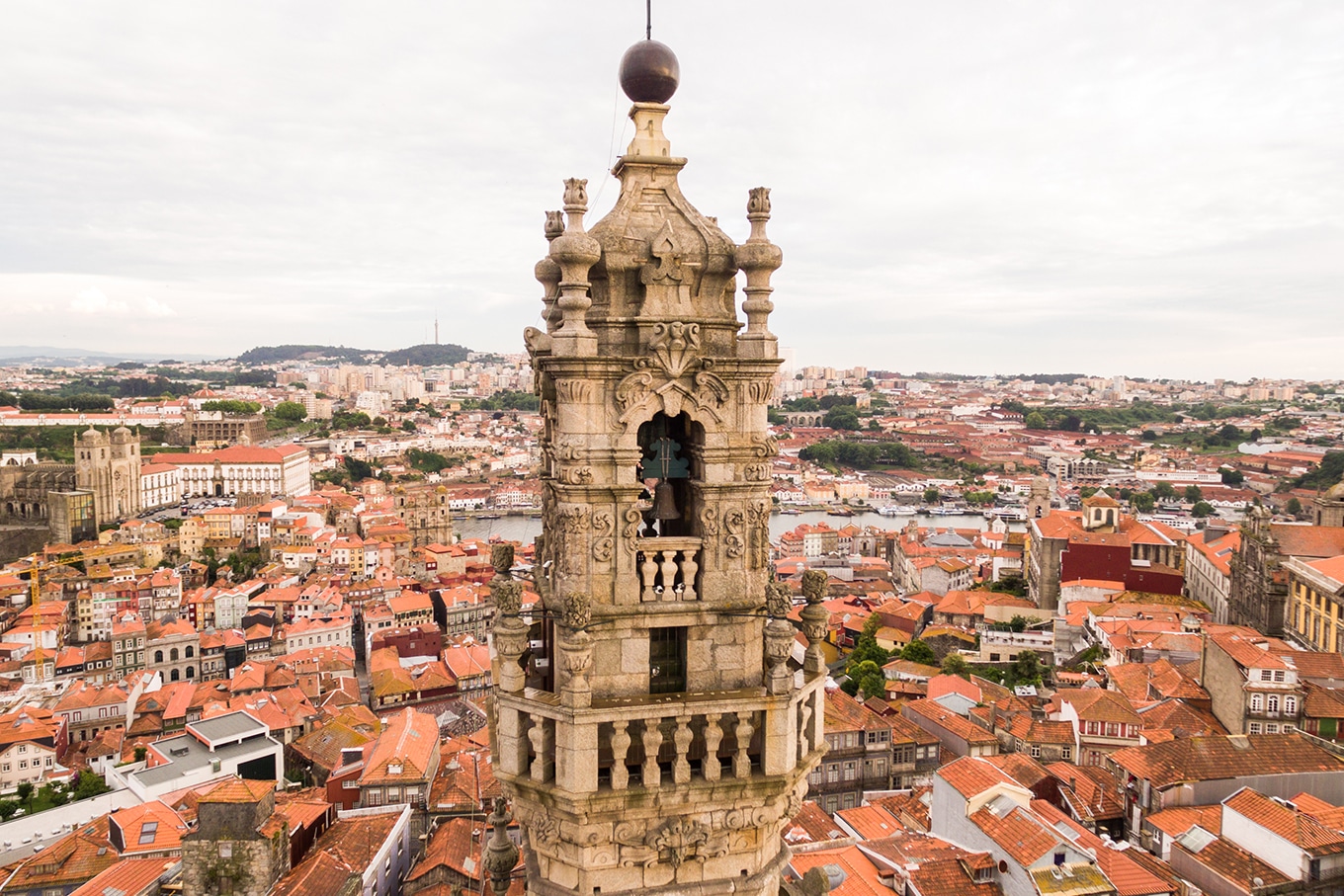
The Clérigos Tower, known as Torre dos Clérigos in Portuguese, is an iconic landmark and one of the most recognizable symbols of the city of Porto. It is located in the historic center of Porto and is part of the Clérigos Church and its surrounding complex.
The Clérigos Tower stands at a height of 76 meters (249 feet) and is comprised of six floors. It is built in a Baroque architectural style with some elements of the Rococo style. The tower's design features intricate details, including ornate carvings, decorative motifs, and an impressive spiral staircase that leads to the top.
Visitors to the Clérigos Tower can climb the narrow staircase of 240 steps, which provides an opportunity to appreciate the tower's architecture up close and enjoy panoramic views of Porto from the top. From the observation deck, visitors are rewarded with breathtaking views of the city's historic center, including landmarks such as the Douro River, the Ribeira District, and the Porto Cathedral.
Inside the tower, there is a small museum that showcases historical artifacts related to the Clérigos Church and the tower itself. The museum provides insight into the history, religious significance, and construction of the tower.
The Clérigos Tower has become an iconic symbol of Porto and a must-visit attraction for tourists. Its distinctive silhouette dominates the city's skyline and offers a remarkable view from various vantage points throughout Porto. It is particularly popular at sunset, when the golden light bathes the city, creating a magical ambiance.
In recent years, the surrounding area of the Clérigos Tower has also undergone revitalization, with the addition of trendy cafes, shops, and cultural spaces. It has become a vibrant and lively neighborhood, attracting both locals and visitors.
Casa da Música
Casa da Música, meaning "House of Music" in English, is a modern concert hall and cultural center located in Porto, Portugal. It is considered one of the most important contemporary architectural landmarks in the city and has gained international recognition for its unique design and world-class musical performances.
The architectural design of Casa da Música is characterized by its bold and avant-garde aesthetic. The building's exterior is made of white concrete and glass, and its distinctive shape features geometric angles and asymmetrical lines. The design aims to create an innovative and visually striking space that complements the surrounding urban landscape.
The interior of Casa da Música is equally impressive. It houses several concert halls and multifunctional spaces, each designed to provide optimal acoustics and immersive musical experiences. The main concert hall, known as the Sala Suggia, is named after the Portuguese cellist Guilhermina Suggia. It is a grand, shoebox-shaped auditorium with seating for approximately 1,300 people.
Whether attending a concert, exploring the architectural marvel, or participating in one of the educational programs, Casa da Música offers a unique and enriching experience for music enthusiasts and cultural explorers.
Mercado do Bolhão
Located in the heart of Porto, Mercado do Bolhão is a vibrant and historic market that has captured the essence of the city for over a century. Its grand entrance, adorned with intricate azulejo tiles, welcomes visitors into a bustling world of sights, sounds, and aromas.
It is one of the city's most iconic landmarks and a beloved gathering place for locals and tourists alike. The market has a rich history and offers a vibrant and authentic shopping experience.
Mercado do Bolhão is spread across two floors. The ground floor is dedicated to fresh produce, such as fruits, vegetables, meat, fish, and flowers. Here, local vendors display their products in colorful stalls, creating a bustling atmosphere filled with aromas and lively interactions.
The upper floor of Mercado do Bolhão offers a range of other goods, including clothing, textiles, pottery, and household items. Here, visitors can find traditional Portuguese handcrafts and souvenirs, as well as unique local products.
One of the highlights of Mercado do Bolhão is its authentic ambiance. The market has retained its traditional character over the years, providing visitors with an immersive experience in Porto's vibrant culture and daily life. The friendly and energetic atmosphere, coupled with the genuine interactions between vendors and customers, creates a sense of community and a connection to the city's heritage.
It is a place where locals gather to shop, socialize, and experience the authentic flavors of Porto. Whether you are in search of fresh ingredients, unique souvenirs, or simply wish to soak up the lively atmosphere, Mercado do Bolhão is a must-visit destination in Porto.
In conclusion, Porto is a city that should be on every traveler's bucket list. With its rich history, vibrant culture, and stunning architecture, there's no shortage of things to see and do. Whether you're exploring the historic center, sampling port wine in the cellars, or enjoying the ocean views in Foz do Douro, Porto is a city that will capture your heart.
Do you feel like coming to visit this charming city? Then come here and take a 3-day tour or, if you want to go deeper and explore the Douro Valley region as well, choose to stay here for a lovely 5 days.

 Português
Português English
English
